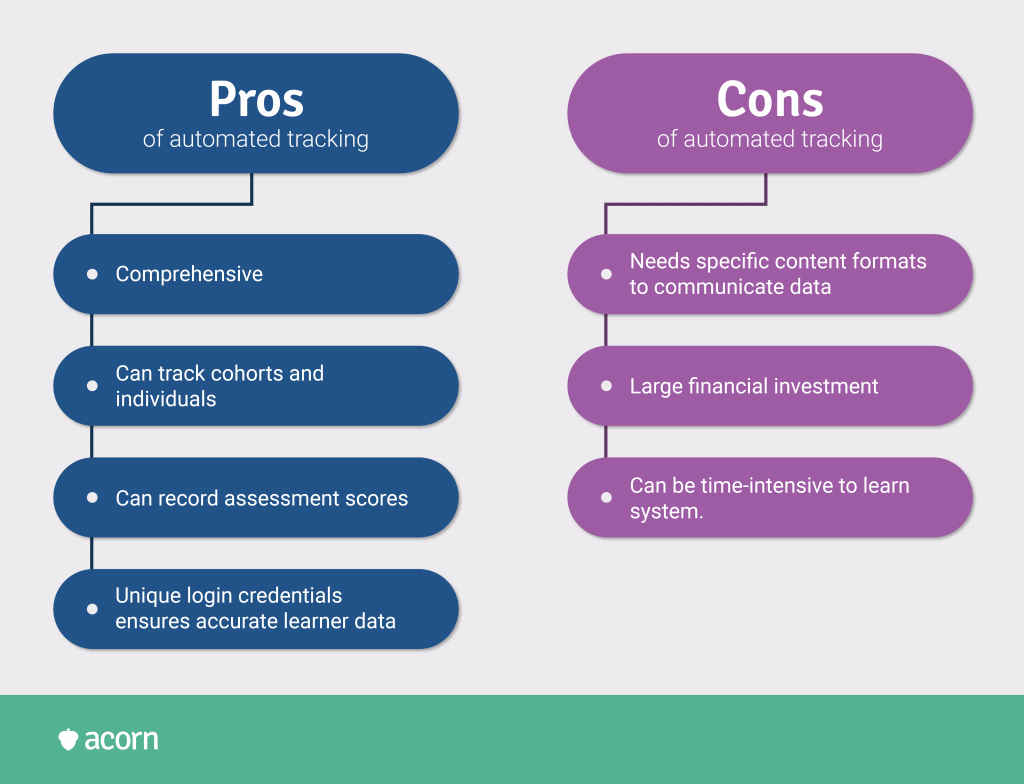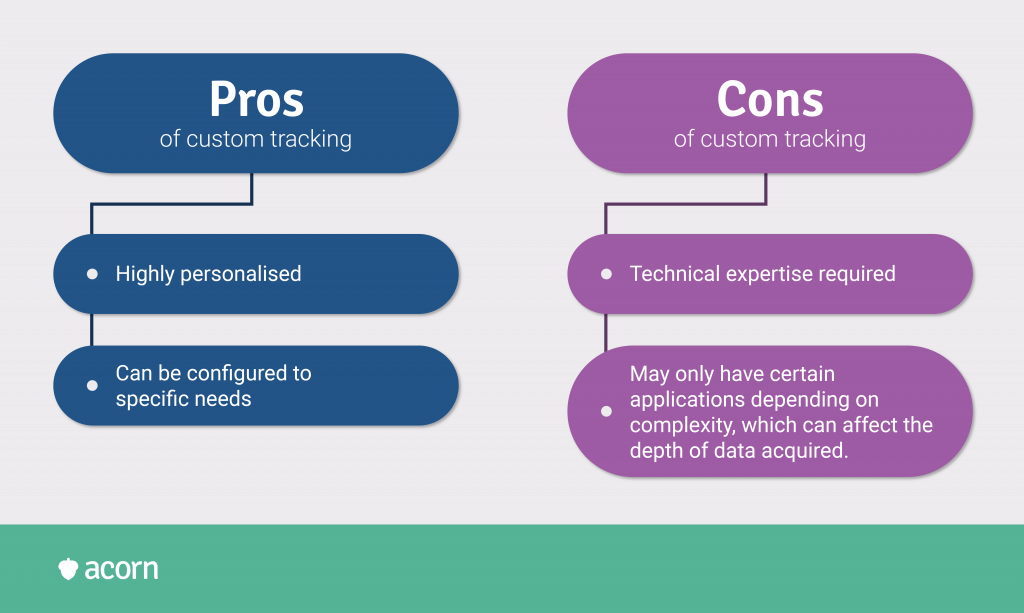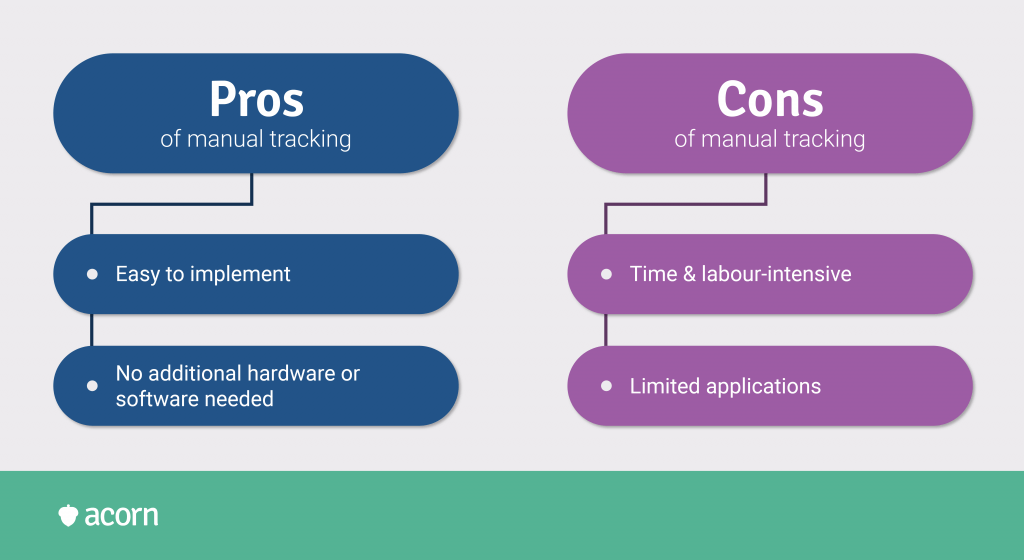How to Track Learning to Track Organisational Success

Hint: It’s about finding and managing capability gaps against your long-term goals.
How to Efficiently Track Learning in Your Workplace to Track Organisational Success
Many organisations mistakenly think of training as a tight end-to-end solution. Design, implement, success assured. Right? Well, much like exercise, the best way to see results is by consistently tracking, adjusting and reviewing your training.
By collecting and analysing data, you’re able to identify trends or patterns, understand engagement, see completion rates and ultimately make sure your learners are getting the most out of their learning experience—during and after training.
In this article, we’ll walk you through what, why and how you should tracking your employee training, the best eLearning tracking techniques and the importance of enabling learning post-training.
What should you track in a learning program?
The what is important, but more integral to the process is why you’re tracking employee training. Note any of the below KPIs that apply to you.
- You want to understand if the training program was a good investment by determining your ROI.
- You want to track learner progress through their courses (given metrics such as the time taken to complete a course).
- You want to understand which learning materials are engaging and which aren’t through data such as the number of users accessing the program, average final scores, and which courses are most popular.
- You are trying to ensure all employees are completing mandatory compliance training with an activity or completions log.
- You’re just beginning to implement learning into the workplace culture and need a tool that will help you see the nuances of it.
Why you need to consider this
The why will determine the what and the how. There might be multiple reasons why you want to track employee training in your organisation (the more, the merrier). Still, it’s important to focus your key outcomes because this will save you the time and hassle of giving attention to areas that might not actually have that big an impact.
Say you decide to track learning so you can determine your ROI when you’ve only had a learning initiative implemented for a month. You’ll get some data out of it, provided your employees are engaging with it, but it won’t be the meaningful data you need to actually determine your return on investment. All the while, you might be ignoring issues employees are experiencing, such as low completion rates or overly complex learning materials. In this scenario, not only are you wasting resources by focusing on something that is not immediately impacting you, you’re also wasting your employees’ time and giving them reasons to mistrust the training program before it really has legs.
Completion rates
Tracking completion rates helps you see how many employees have accessed and finished a course. It’s important for two sub-sectors: Compliance and engagement.
Compliance
Compliance training requires 100% completion rates by a strict deadline that a third party may mandate—that’d be an external party you report to, like an industry regulator or watchdog. Without a log of completions, you can’t be sure that employees are up to date with industry regulations and this can leave you open to expensive fines or even loss of licenses needed to continue service. Ensuring completion rates are high ensures your employees are compliant, provides a safer work environment and ultimately minimises financial risks for your organisation.
Engagement
Where training is not mandatory by industry standards, completion rates can tell you how engaging and relevant employees find the content. Low engagement means something is not transferring and you’ll need to reconfigure to ensure employees are accessing and retaining the right information in the right way. There’s also a possibility it’s not motivating or enriching enough, which is an issue if the information you need employees to study is highly relevant to their job role.
Course attempts
Your employees will learn at different paces and in different ways, which will mean their attempts at training will likely fall into one of two scenarios:
- They’ll breeze through, thanks to comprehension or sheer motivation to complete a course.
- They’ll require more than one attempt to pass or progress for a multitude of reasons (disengagement or miscomprehension, just to name two).
Course attempts allow you to understand individuals while also tracking drop-off rates at a macro level—an indicator of overly dense or long courses. This should also take into account the time spent per question or on a particular course, because this will illuminate further an employee’s strengths and weaknesses.
Learner progress
Different to attempts and completion, tracking individual progress will provide highly valuable data at the micro and macro level. If you have employees on personalised learning pathways, this is a great way to understand their rate of progression and comprehension of increasingly difficult tasks and concepts. (Which in turn gives insight into their likelihood to successfully perform more demanding roles.) At a macro level, it allows you see how learning content is being received and if it’s effective.
ROI
Ah, yes. We would be remiss not include the most favoured metric of business success. As your training program evolves, new learners enter the experience or new skills are identified as necessary for your organisation, so too will course elements wax and wane. Tracking the efficacy of the program and it’s various elements (methods of assessment, features, etc.) will allow you to adjust them as needed, which ultimately helps you stay ahead of the curve or abreast of issues that could be costly in future.
Feedback
At first glance, it might not appear to be an actual metric worth monitoring, but learner feedback is the best way to understand—straight from the source—what is engaging, what isn’t, what’s effective and the aftercare needed post-training. This allows you to better improve online training going forward in a way that inspires learners to invest their time. Feedback can be easily collected via surveys, polls and even forums.
Elearning tracking techniques
You know what to focus on, now let’s talk about the how. If you have a learning management system or other online learning solution for training, eLearning reporting features are your best KPI tracking tools. You can manually track employee learning, use automated methods or even blend both, though what you choose comes down to your budget, needs and technical expertise. Either way, knowing exactly what information you want to ascertain will ensure you can be sure you’re getting the most astute data.
Automated tracking
One of the foremost benefits of a learning management system is automation. Look for a learning management system with an in-built learning record store (or the ability to be integrated with one), which is where effectively all data is stored and then pulled from for reporting and analysis with the platform. Common tracking features include learning pathways (wherein you assign certain courses to certain users with the goal to upskill, reskill or align them with a succession plan), notifications, due dates and reports—all of which are valuable for ensuring the effectiveness of a program beyond basic data monitoring.
Automated tracking is particularly good for proactive tracking, rather than reactive course correcting: notifications, due dates and scheduled reports will help L&D leaders track KPIs in real time, which will help improve the effectiveness of learning outcomes and stop bad behaviours forming.

Custom tracking
Custom-built tracking is a more technical approach to monitoring data. Basically, it allows you to build a database to store the data you need. This approach often requires users to input their own information and for admin to monitor this process to ensure users are providing the exact information that is required. It can be as simple as you like (e.g. an online completion form) or as complex as you can manage (i.e. a full-blown, custom-made learning management system).

Manual tracking
Manual tracking is usually only ideal when you require a small snippet of data, or if you have no other immediate options available or applicable to the data you are trying to ascertain. It’s fairly basic but can be integrated with other tracking techniques where necessary. (For example: When learners need to forward a completion certificate onto an course administrator, who then manually tracks when each individual took the course and completed it.) It’s often more time-intensive because of the manual data entry required, but can be budget-friendly as software isn’t a necessary component.

Post-training enablement
Monitoring training is not the be all and end all here. If we really want to talk about successfully monitoring learning, we have to talk about the ways in which you make changes that address skills and knowledge gaps in your organisation.
Training vs enablement
The very short version is that the common goal is better job performance, but the path to get there can vary. The long explanation goes like this: the goal of training is to teach an employee a skill, knowledge or attitude they can utilise in the workplace. In its purest form, training is intended to be a transfer of knowledge.
A poor training program relies on two archaic and highly ineffective tropes: overly dense content and irrelevant, general material. While you may think you’re not falling into these traps, some organisations inadvertently try to overload employees with information within a short time frame. (It really does happen to the best of us.) Others still make learning material too generic, thinking it will cater to their entire workforce, but fail to recognise the different requirements of each job role. Either way, the erroneous expectation here is that each employee undertaking training will come out the other side with the capabilities your organisation needs, without any aftercare but somehow with the initiative to utilise these new skills (if they do indeed develop them). Pray tell, how is this approach supposed to change behaviours?
Enablement, on the other hand, works off the belief an employee can already do their job effectively but with the caveat they could do it better. It focuses on removing obstacles that may prevent success, planning for the time when employees forget or misremember information and providing opportunities to correct course and apply new information effectively. In this way, post-training enablement is important for driving successful performance, and ensuring all that data obtained from tracking is utilised.
Link training to the day-to-day
Understanding the nuances of the everyday challenges and tasks employees face will help you create more meaningful and impactful learning experiences. We cannot stress enough how critical this is. If we go back to those original KPIs, you might have picked ROI and engagement as your core drivers. Then consider the business outcomes each job role is contributing to. These will be measurable and quantifiable, which means they can be easily converted into learning content.
For example, one outcome might be increased customer satisfaction. The employees who likely have the biggest impact on that could be your sales or customer service teams. Ask yourself:
- What does their day-to-day routine look like?
- What are the processes they participate in?
- What make their work easier?
- How is success measured for them?
- Where do they go for information?
- What technology do they use?
Reworking training to answer these questions and creating opportunities for employees to learn in the flow of work will encourage better skills application and negate any disruptions to knowledge retention.
Why this is important
Training for the sake of training is never a good idea. Without a purpose, you could sign employees up for taekwondo and call it training—but your ROI isn’t likely to be very good. It won’t be applicable to any of their daily tasks or challenges in the workplace, and so those detrimental behaviours or skills gaps will continue to fester. If enablement should be done with the goal of improving job performance, training should provide the information that covers gaps in skills, knowledge and attitudes that an individual needs to perform their job better.
Organise & arrange training intuitively
Something else a learning management can be handy for is making content readily and intuitively accessible. Why intuitively, you ask? If employees have to jump through hoops to access content, you can bet they simply won’t do it. Discoverability is a big player in engagement rates. You may have found that the reason for disengagement amongst employees is a frustrating design that takes just as much time to get their heads around as the actual content does. Similarly, employees may not know exactly where they can access training.
Consider also that content needs to be delivered in a way that is relevant to the target audience. You wouldn’t ask a graphic designer to read a static 100-page eBook sans imagery. Instead, you could repackage the same information (if useful) into a short video showing step-by-step design, a hands-on team workshop, and topical readings on the psychology of graphic design. Keep in mind this will look different for different job roles.
Why this is important
The goal of intuitive design is to make the method of delivery inconspicuous, so that the user can access information effortlessly. Normally it’s spoken about in terms of eLearning software or web design, but it’s just as important when it comes to driving engagement and knowledge retention. Consider your learning content: if (as it should) it’s related to business outcomes, then it will have a direct line of impact towards productivity, profitability, reputation, market standing and whatever other metrics of success you have. The harder it is to access learning content, the less the skills you need to achieve business objectives will be utilised, and the longer it will likely take to recover the time lost to unproductivity.
It’s also important to consider in relation to your investment. Say you put $50,000 into an eLearning platform for employee training. This is a sizeable investment, and one you can put to your employees in their value proposition. They may be more open to devoting time to navigating a new system because they understand the initial and ongoing investment and importance employee training has in your organisation. Then flip it, and suppose you spend only a few thousand dollars a year total on training. A limited budget may mean not all employees are able to access it and while it may be less complex, the belief that it’s both a low priority to your organisation and an exclusive one at that might make people less inclined to access it—and no matter the amount of money you spend, there’s still time, resources and productivity that’s going to be wasted.
In conclusion
Tracking learning doesn’t stop just because a course is completed. One of the biggest reasons to track learning is to track changes in behaviour. The same metrics of success should still be applied to post-training enablement. This way you’re always sure of the most preferable content formats and most engaging content itself, not to mention learner progression, the efficacy of learning and just how workplace behaviours and attitudes have been impacted.
Collecting and analysing learning data will help you identify the trends that denote what learners are getting out of the learning experience (think completion rates, course attempts and even time spent learning)—which will ultimately help you create a culture of ongoing learning that drives your organisation’s success.